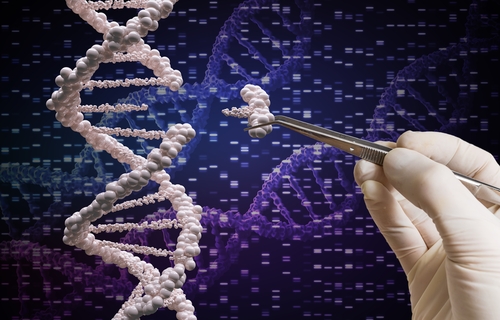The Paul Caneiro murder trial has captivated the nation, with its focus on cutting-edge scientific technology entwining with traditional courtroom dramas. The centerpiece of the trial is the controversial STRmix DNA analysis tool, pivotal in the prosecution and defense arguments. How this technological tool will hold up under intense scrutiny remains the crux of the matter as the trial progresses.
Overview of the Case and Allegations
Paul Caneiro stands accused of murdering his brother, sister-in-law, and their two children, subsequently setting their home ablaze in the upscale Colts Neck area of New Jersey. With charges mounting against him, Caneiro pleads innocence, and the prospect of a fair trial hinges largely on the acceptance of DNA evidence processed by the STRmix software. This case stands at the intersection of advanced technology and severe criminal allegations.
The brothers’ tragic story has drawn significant media attention and public interest, primarily due to the gravity of the alleged crime and the use of sophisticated DNA analysis methods. Caneiro’s defense team contests the reliability of STRmix, claiming it lacks adequate testing and may lead to wrongful convictions, sparking a robust discussion on forensic science’s future. As jury selection approaches, the outcome of this trial could set a precedent for future cases involving complex DNA evidence.
Years after Colts Neck mansion murders, Paul Caneiro's trial still facing delays https://t.co/4fSgsoAng8
— Asbury Park Press (@AsburyParkPress) March 27, 2024
The Role of STRmix in Legal Proceedings
STRmix, a DNA software tool, is at the heart of legal debates surrounding the admissibility of its generated evidence in New Jersey courts. This probabilistic genotyping software can analyze complex and minute DNA traces, significantly diverging from traditional methods. The software’s ability to extract viable results from previously unusable samples, like tiny skin cells on a doorknob, makes it a powerful tool for prosecutors. However, it also raises questions about forensic validity and accuracy.
The prosecution contends that STRmix’s reliability is well-established across various jurisdictions, presenting over a dozen analyzed DNA samples in a pretrial hearing to bolster their argument. Despite its contentious nature, the claim highlights STRmix’s broad acceptance and application in forensic labs nationwide, creating a compelling narrative for its inclusion in the trial. Developers of STRmix argue that the software has undergone rigorous testing to ensure accuracy, aligning with the claims made by the prosecutors.
Lawyers for a New Jersey man charged with the murders of 4 of his relatives are challenging the use of a tool that has transformed DNA analysis in dozens of labs across the U.S., saying the technique hasn’t been properly vetted for use in criminal courts. https://t.co/xZeExH4gGm
— NBC News (@NBCNews) December 27, 2024
Future Implications and Judicial Decisions
The outcome of the Paul Caneiro murder trial, concerning the use of STRmix, could significantly influence DNA analysis’s role in future judicial proceedings. With the judge set to decide its admissibility by February and jury selection following shortly after, the trial underscores the need for stringent standards in forensic technology. Legal experts and chemical scientists alike call for proper validation and oversight to prevent potential misuse, which could detrimentally impact justice.
If accepted, STRmix’s integration into court cases could redefine prosecutorial strategies and defense tactics. As experts warn against rushing advanced forensic tools into legal systems without proper validation, the Caneiro trial could mark a turning point in how digital forensic evidence is perceived and used, potentially reshaping the legal landscape for DNA technology in New Jersey and beyond.
Sources:
Ruling on DNA software used in Caneiro murders now in judge’s hands
Previously unusable DNA sample now evidence in the quadruple murder trial of N.J. uncle
Previously unusable DNA samples entered as evidence in trial of quadruple killings in NJ mansion

